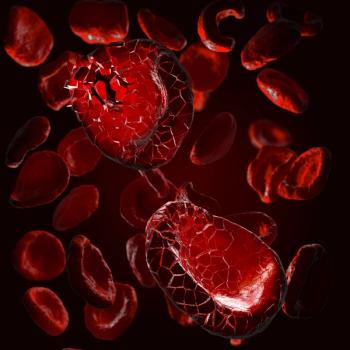
Cancer vaccines rise from the ashes
Go back to the Eisenhower years and amid the gray flannel suits, rabid McCarthyism, and dread over nuclear war you’ll find rays of hope in the battle against cancer. Looking back from the 60s, it was easy to believe that this hope was unfounded, an unwarranted faith engendered by the conquest of polio. But it may have been that science simply was not ready.
Go back to the Eisenhower years and amid the gray flannel suits, rabid McCarthyism, and dread over nuclear war you’ll find rays of hope in the battle against cancer. Looking back from the 60s, it was easy to believe that this hope was unfounded, an unwarranted faith engendered by the conquest of polio. But it may have been that science simply was not ready.
Vaccines as a treatment against cancer have found new hope-remarkably, against one of the least tractable kinds, the nearly always fatal brain tumor, glioblastoma. At this year’s American Society of Clinical Oncology meeting in Chicago, researchers from Cedars-Sinai will report clinical success with such a vaccine created using tumor antigens. And they will not be alone. Japanese researchers will report on their successful efforts to augment a glioblastoma vaccine with radiation therapy. The clinical work will be supplemented by molecular studies done at Los Angeles research facilities documenting the effect of an anticancer vaccine fashioned from parts of a salmonella bacterium, which creates a strong immune response against the disease in mice.
In its clinical study, the Cedars-Sinai team used specific glioma-associated antigens to induce a potent T cell response in patients with newly diagnosed or recurrent brainstem glioma and glioblastoma. Twenty-one patients were enrolled between November 2006 and January 2010, receiving both the specially crafted vaccine and chemotherapy. As the ASCO abstracts were submitted, six of 16 newly diagnosed GBM patients showed no signs of tumor recurrence; three of them had gone more than two years with no disease progression. Median progression-free survival time in this group was 13.7 months.
Researchers from Tokyo Women’s Medical University, University of Tsukuba, Saitama Medical University International Medical Center in Hidaka-City, Tokyo Metropolitan Komagome Hospital, Gunma University in Maebashi, and Cell-Medicine Inc. of Tsukuba will report on their use of an autologous formalin-fixed tumor vaccine against hepatocellular carcinoma and recurrent malignant glioma. Twenty-four patients with supratentorial GBM who underwent debulking surgery were included in the study. Of these, 22 were injected intradermally with the vaccine and received radiation. Two others received only the vaccine. Patients achieved a 21.4-month median survival time, 40% two-year survival, and 7.6 months median progression-free survival time.
Working on the belief that cancer vaccines may fail because of inadequate antigen delivery or insufficient activation of immunity, the Los Angeles team from the University of Southern California Keck School of Medicine and the Saban Research Institute of Children’s Hospital engineered nonpathogenic bacterial vectors to deliver tumor-associated antigens (TAAs) using genes of the salmonella bacterium. Their creation produced antitumor activity of CT26 colon carcinoma and orthotopic DBT glioblastoma in mouse models. They concluded that the development may provide a foundation for new cancer vaccines.
Coming on the heels of the
Newsletter
Stay up to date on recent advances in the multidisciplinary approach to cancer.


















































































